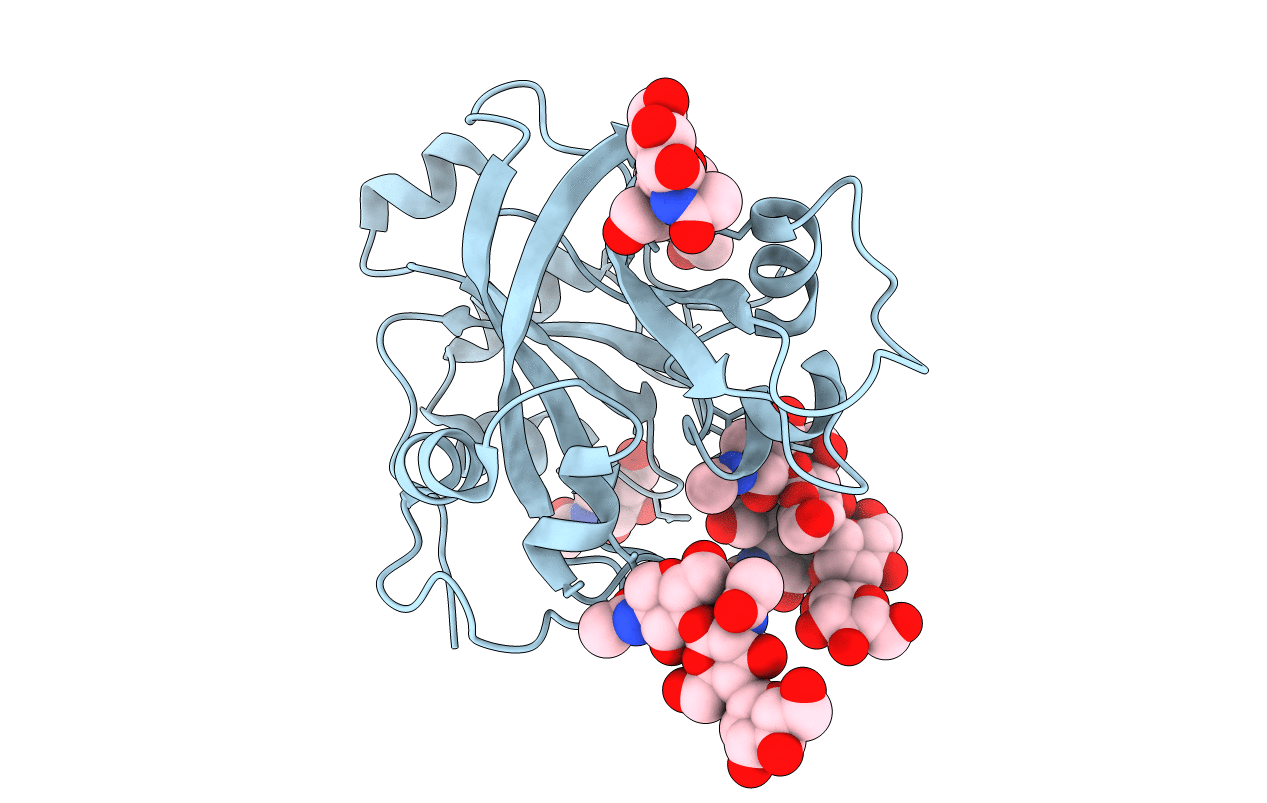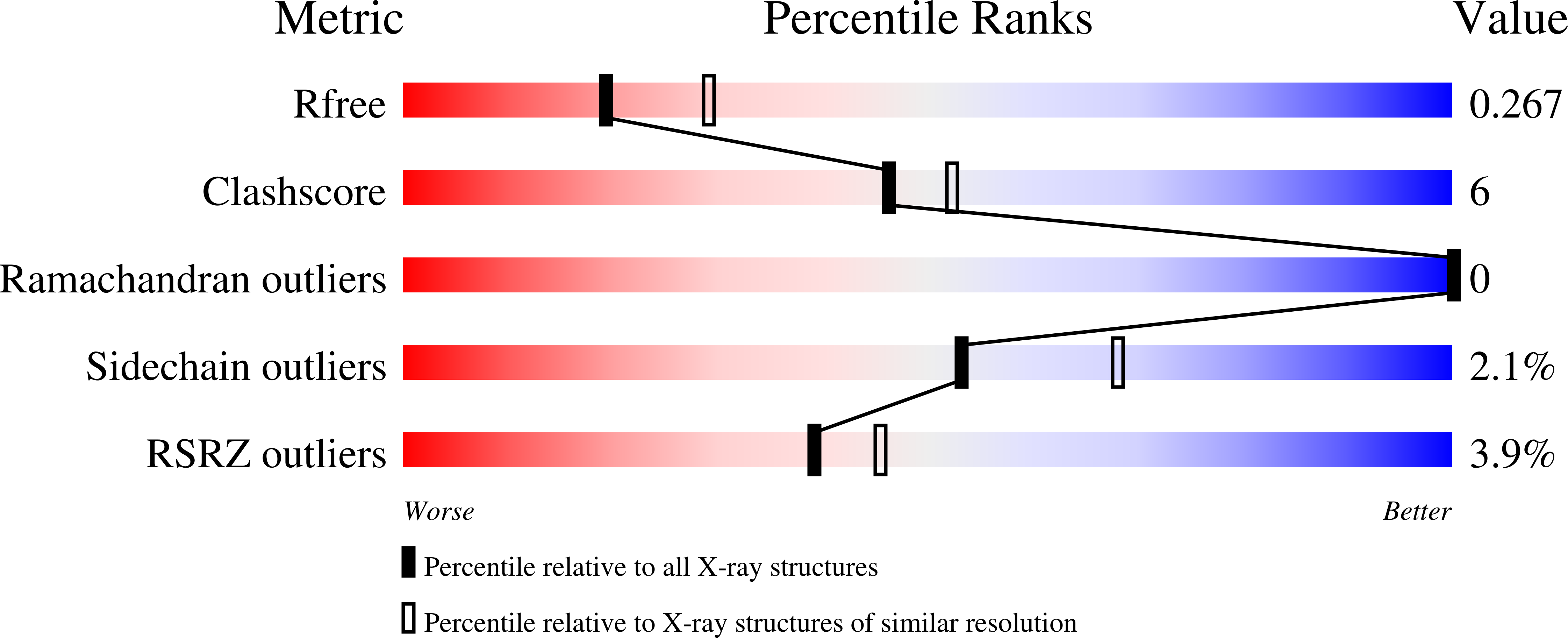
Deposition Date
2020-11-02
Release Date
2021-11-10
Last Version Date
2024-11-13
Entry Detail
Biological Source:
Source Organism:
Medicago truncatula (Taxon ID: 3880)
Host Organism:
Method Details:
Experimental Method:
Resolution:
2.55 Å
R-Value Free:
0.26
R-Value Work:
0.20
R-Value Observed:
0.21
Space Group:
C 2 2 21


